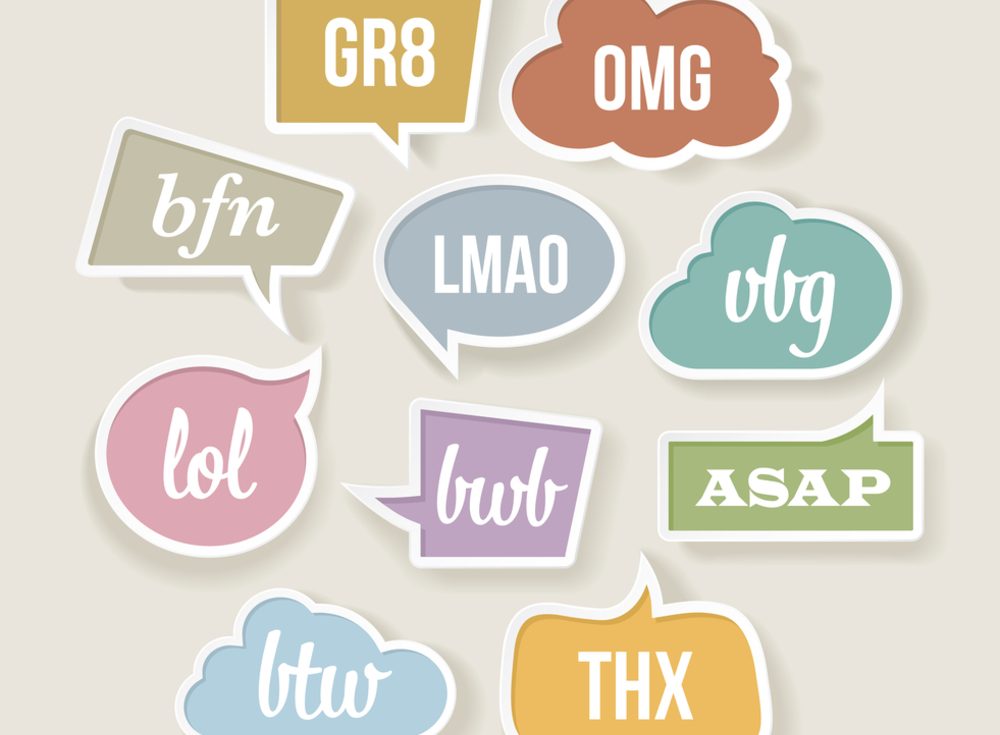Are digital cameras going the way of film and other obsolete technologies?
As a very novice and amateur photographer, whose enthusiasm greatly outweighs both his results and expertise, I have been wondering whether the smartphone/tablet technology has caught up and is on the way to making digital cameras go the way of film and other obsolete technologies I grew up with.
Since I can barely manage to make phone calls from my smartphone, let alone take quality pictures, I thought that I would research this for myself and those of you in the same leaking boat.
According to this article Suite 48 Analytics, the leading research and analysis firm for the mobile photography market, surveyed 1,000 North American consumers to find out which devices today’s photo-taking consumers now use for specific photo tasks, as well as how and why their photo-focused use of digital cameras, smartphones, tablets and computers has changed over the last six months.
The study found that, for the first time since Suite 48 Analytics started tracking the market, the majority of today’s photo-taking smartphone customers – those who’ve taken at least 10 photos in the last three months – now use only their smartphone to take photos.
Specifically, 58% of these customers take photos exclusively with their smartphone, compared to just 37% of the respondents who did so in a study conducted by Suite 48 Analytics just 18 months ago, a dramatic increase of 57%. 33% of the respondents use both their smartphone and their digital camera, and 5% regularly take photos with their tablet as well as their smartphone and digital camera.
So according to this study, not only are more people using their smartphones to take and share pictures than are using a camera, but the rate of change over is increasing. With so many people changing, let’s take a cursory look at the positives for the smartphones and for the digital cameras.
Advantages of smartphones
Cost – The price of a smartphone is nearly that of a camera unless you are looking at a high end, professional camera like a Nikon 4 or Canon EOS 5. An entry level loaded digital camera can now be had for around $150. But a smartphone with both phone and camera capabilities start at around $100.
Sharing – Smartphones allow the user to instantly share a picture you take. You can e-mail it, post it to Facebook or Twitter, upload it to a photo-sharing site, transfer it to another smartphone or a PC via Bluetooth or almost anywhere else that is connected wirelessly. This may prove to be the biggest stumbling block for the digital camera to overcome in this competition.
Advantages of the digital camera
First is the quality of picture available with a lens or zoom lens. When you must take multiple pictures (think vacation, wedding, sports event, etc.), you can zoom and take a higher quality photo. As yet, smartphones do not allow the zoom capacity of a digital camera. For those pictures that are vitally important, a digital camera produces a much higher quality shot.
Digital cameras can have a higher number of mega pixels. Personally I am unconvinced that the difference between 10 or 12 pixels is much different from that of 14, 16, or more pixels unless you are planning to blow your picture up to a mural size.
Another area that digital cameras excel is that of choice and availability of all the picture taking options like: scene presets, face detection and tracking, red-eye reduction etc. Also it has been my experience that cameras have better flashes than smartphones, less shutter lag and longer lasting batteries. They also can offer video stabilization, which smartphones do not as yet.
I tend to think that the overall quality of the photos taken by either smartphones or cameras has become almost indistinguishable, especially to the amateur like me. With the release of this fall’s smartphones, where the latest smartphones have started to include features to compensate for their inferior lenses and flashes that gap is fast becoming nonexistent. I am very confident that smartphone technology will continue to improve to the point of parity with all but the professional level cameras, which generally cost in the thousands for body and lenses, a prohibitive amount to all but professionals.
To counteract this attack on their product, digital camera manufacturers are working to include wireless capabilities in their cameras so that the user will have the ability to transmit to others directly from the camera. The limiting factor to this will be that unlike the smartphone, the digital camera will need to be connected to a Wi-Fi spot in order to transmit and share the photos taken. Panasonic has met this obstacle by connecting to a smartphone.
I think, given the technological advances in smartphones, that the digital cameras will continue to lose market share to the smartphone, and I will be putting my camera further and further on the back shelf as time goes by.









